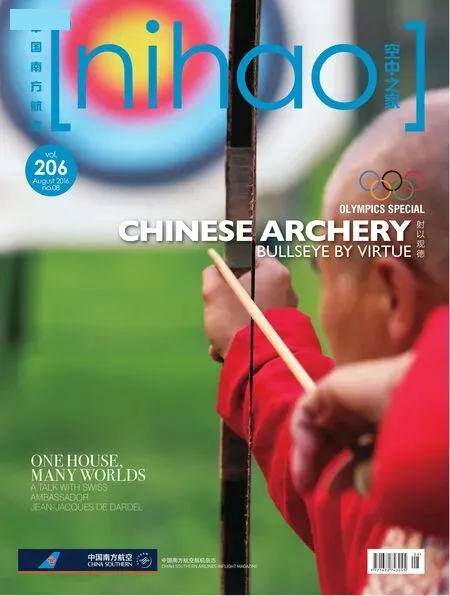AN ART BORN IN REVOLUTION
Text by Peter Photos by CFP Translation by Leo
AN ART BORN IN REVOLUTION
Text by Peter Photos by CFP Translation by Leo
Openness and innovation has never been absent in the history of the Lingnan region (southern area including Guangdong, Guangxi, and Hainan). As Chinese society turned the page to a new chapter nearly a century ago, a new school of painting, characterised by a blend of Chinese and Western painting styles, was born in the area.
The revolution in modern Chinese history first broke out in the southern parts of China, which were first exposed to Western ideologies and reform thoughts. These had given rise to the pioneers of the Revolution, and had brought sign ificant change to Chinese art. It was in this context that the Lingnan School of painting, which is characterised by“ a synthesis of East and West, and of antiquity and modernity”, came into being.
In the Ming and Qing dynasties, there emerged many famous painters in Lingnan and some characteristics unique to local paintings began to be observed. But it was not until more recently that Western painting found its way into China ( first into Lingnan perhaps) and that Lingnan painters began to establish themselves as a distinctive school of painters by absorbing elements of Western painting. In similar ways, oil painting and wood-block prints were also introduced by Lingnan artists and through them such pieces thrived in China.
Revolutionary spirit formed the foundation of the school of painting. In fact, Mr. Gao Jianfu and Mr. Chen Shuren, pioneers of the art, were followers of Mr. Sun Yat-sen in the democratic revolution. In the early Republic of China period, with an ambition of“transforming the soul of the nation” through the cultivation of art, Gao and his younger brother Gao Qifeng began publishingThe True Recordpictorial magazine and opened the Aesthetic Bookstore in Shanghai, both of which served as the outposts for promoting the Lingnan School of painting. They combined the traditional Chinese painting style with the techniques of Japanese and Western paintings, while laying great emphasis on drawing from nature. This innovative and realistic approach to painting attracted widespread attention. As a result, the Lingnan School became one of the three dominant schools of painting in China in the 20th century, along with the Jingjin School and the Shanghai School.
Despite its growing reputation both at home and abroad, the very name of“ Lingnan School” had disturbed the founders for quite a while. According to Guan Shanyue, a famous painter of the school,“Gao, Chen and other forerunners thought that the name of Lingnan School implied a sense of regionalism, and thus would cause misconception among people that it merely represented a group of regional artists. More importantly, it did not re flect the ideal of transforming traditional Chinese painting by absorbing exotic elements.” For this reason, Gao never used the term of“ Lingnan School”. Instead, he called himself a painter of“ Zhezhong School”, which literally means“compromise” or the combination of the merits of different painting styles into one.

